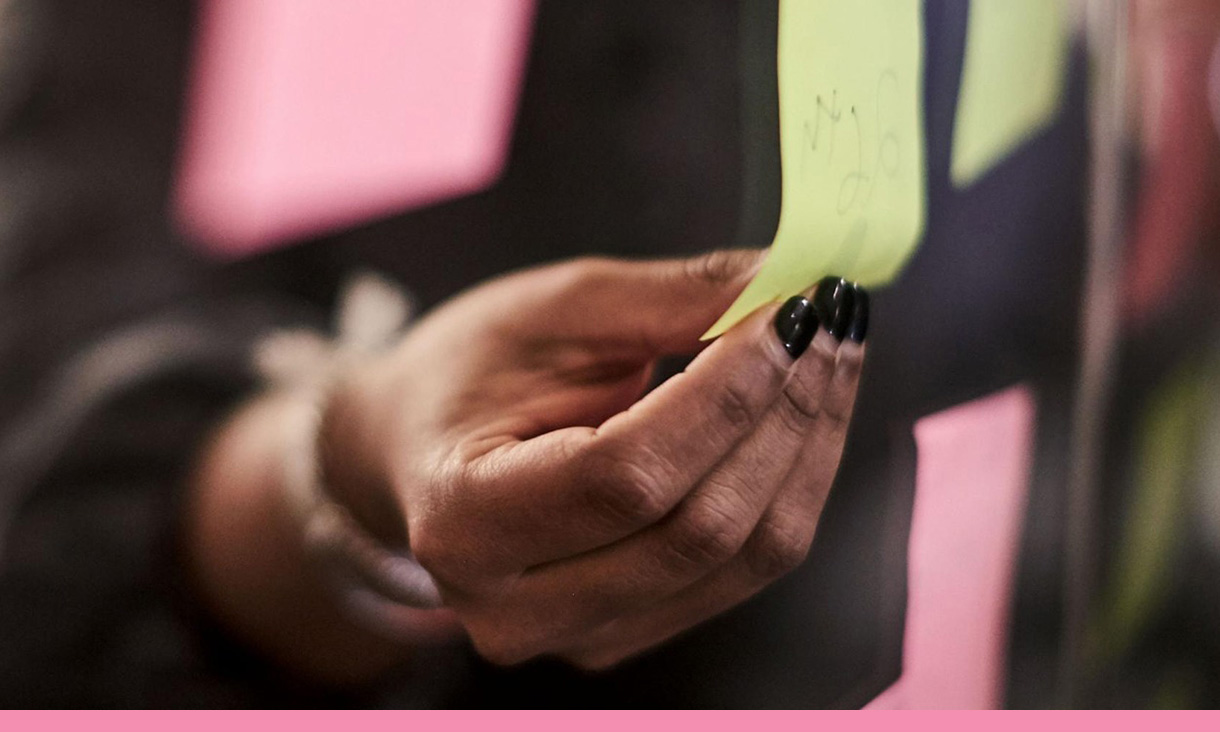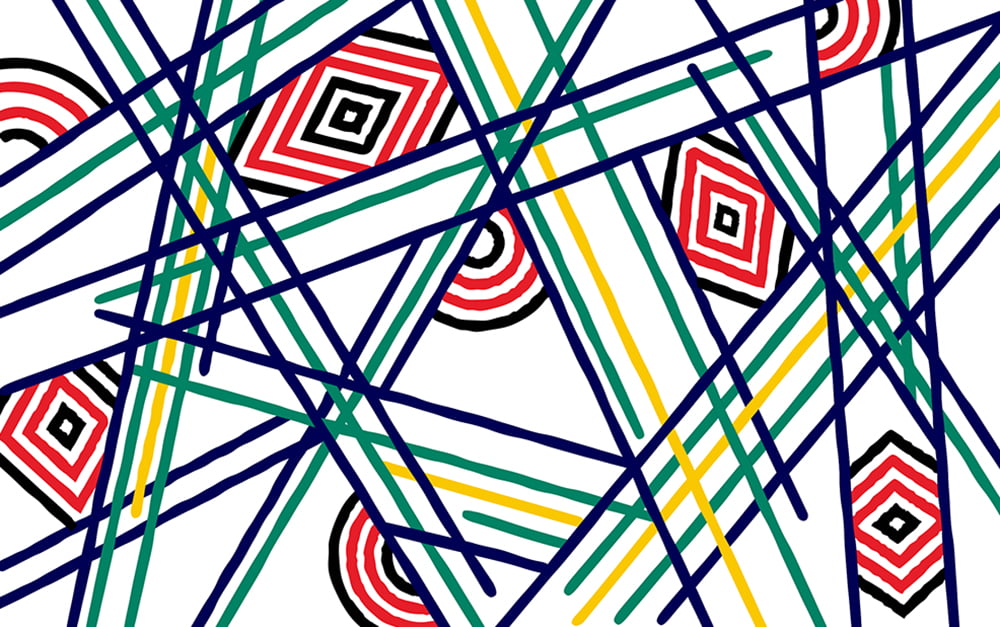Digital Delivery with Agile
Harness agile and lean methodologies and learn to collaborate more effectively within your team.
Agile Delivery + Project Management
Adopt the strategic mindset and understand the end to end knowledge and skills required to successfully plan and deliver projects with Agile.
Agile For Project Management
Develop the leadership skills required to deliver successful projects in agile teams and environments.
Graduate Certificate in User Experience Design
Transform your career in User Experience (UX) Design by developing capabilities in design thinking, user research, prototyping, and more. Gain valuable hybrid skills that complement your UX skillset, and graduate with an industry-recognised portfolio.







